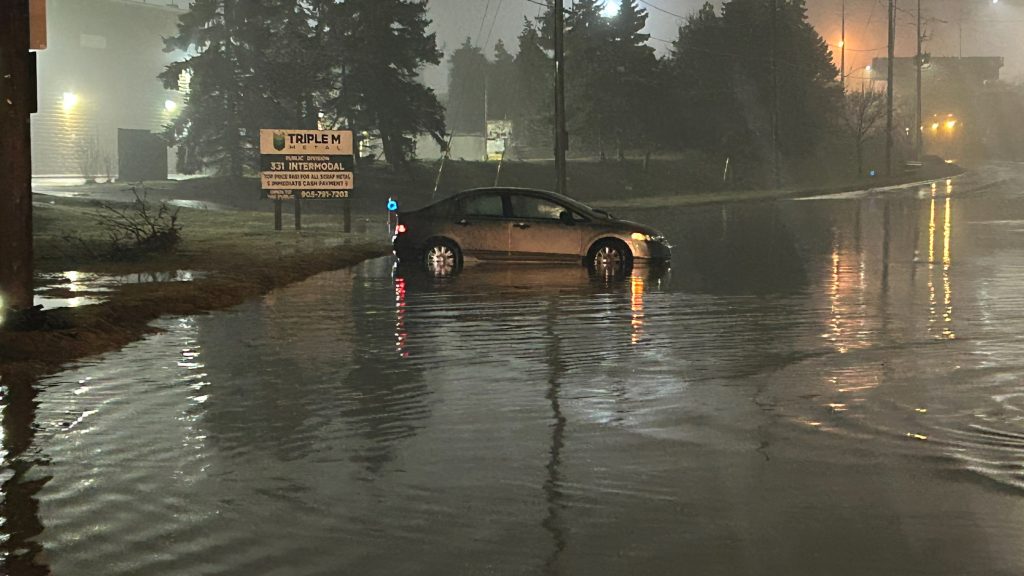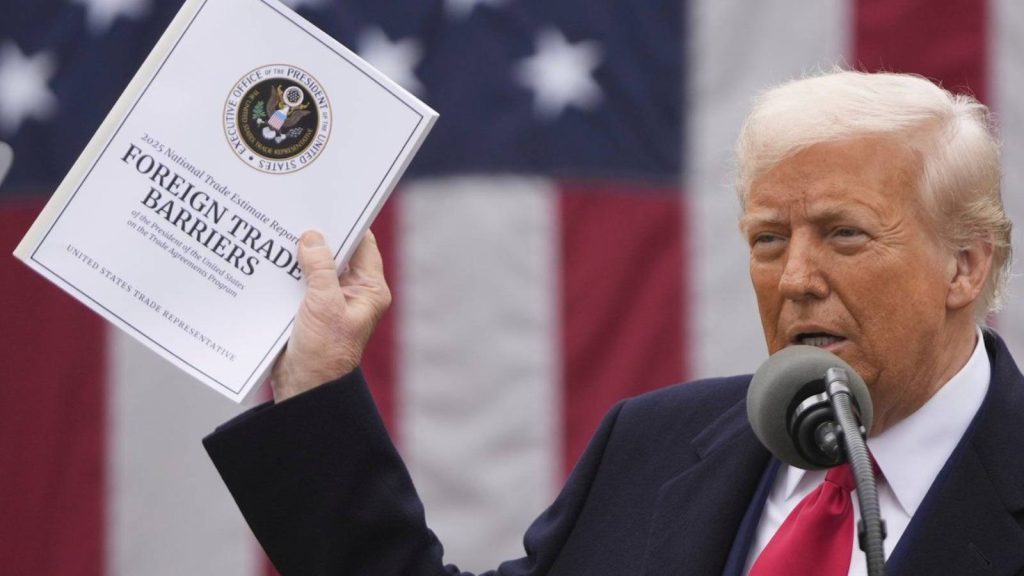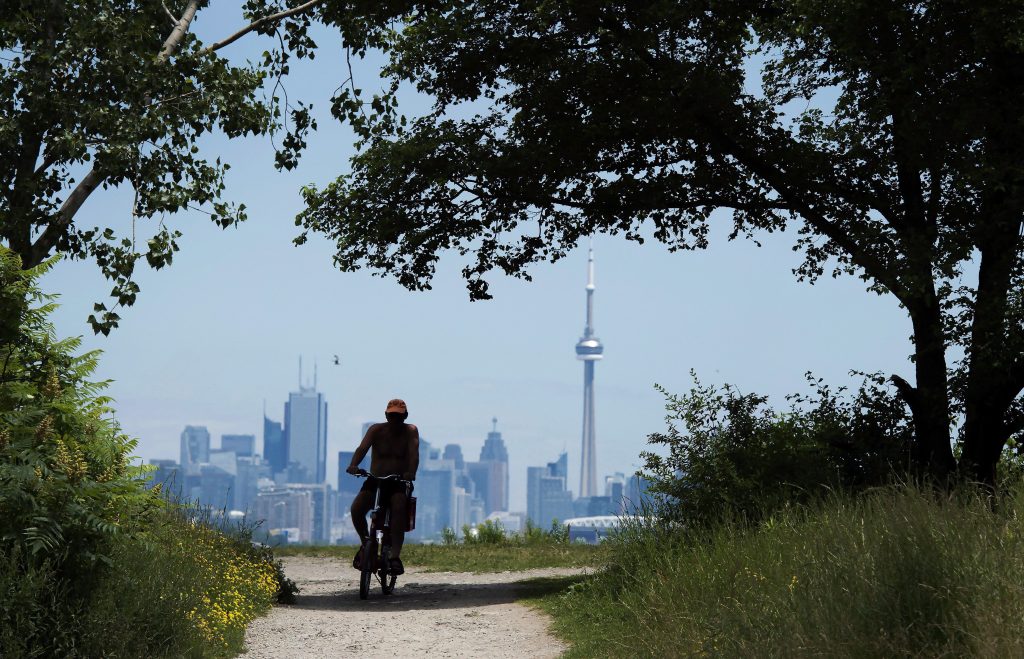Syrian refugees coming to Canada: What you need to know
Posted November 24, 2015 1:09 pm.
Last Updated November 24, 2015 7:35 pm.
This article is more than 5 years old.
Immigration Minister John McCallum – flanked by fellow federal cabinet ministers Jane Philpott, Harjit Sajjan, Ralph Goodale and Mélanie Joly – revealed the details of Canada’s plan to resettle 25,000 refugees fleeing war-torn Syria.
Here’s what you need to know about the ambitious humanitarian plan:
Who’s coming?
The federal government has pushed back their earlier deadline to bring 25,000 Syrian refugees to Canada by the end of this year — now the aim is to have 10,000 in Canada by Dec. 31. The remaining refugees should be here by the end of February.
The refugees will most likely come from camps in Jordan, Turkey and Lebanon. People who have not left Syria cannot be considered refugees. Many refugees fled Syria with just the clothes on their backs, and lack proper identification or passports, which makes Canada’s screening process difficult. People to be resettled in Canada have likely already been going through the screening process weeks or months in advance.
Priority for government refugees will be given to families, women at risk, members of sexual minorities and single men only if they are identified as members of an LGBT community.
How are they screened?
Refugees are vetted by the United Nations High Commissioner for Refugees, which determines which refugees are best for resettlement — usually women, families and those injured in conflict. They also look for security flags that would cause concern, namely affiliation with terrorist organizations.
Public Safety Minister Ralph Goodale says Canada does additional screenings above the UN procedures, and CSIS is involved in that process.
Refugees will have a security interview with visa officers, including document verification and gathering/checking biometric data, a health screening, and identification checks on departure and arrival.
Any single hit on security checks and the refugee claim will be set aside, and officials move on to the next one.
If any security or criminal concerns once here in Canada, Canadian Border Service Agency officers can intervene and have them deemed inadmissible, and possibly deported.
How will they get here?
Transportion will be carried out largely through private airline chartered flights. Military transportation will be used if neccessary.
Where will they be going first?
All refugees arrive in Montreal or Toronto for processing, then off to final destinations across the country.
Where will they be resettled?
There is no breakdown of province-by-province numbers.
Three Syrian families arrived in Calgary on Monday through sponsorship by the Roman Catholic Diocese of Calgary, in partnership with the Calgary Catholic Immigration Society.
Mayor John Tory said he expects Toronto to take in between 2,000 and 2,500 refugees, but has not outlined where they will live. Quebec Premier Philippe Couillard has said that province has put aside money to support 3,600 people.
CFB Trenton is planning to take in 1,000 refugees, and CFB Valcartier in Quebec is expected to house up to 500. The CBC reports that armed forces bases in Quebec and Edmonton are freeing up space and winterizing housing units to take in refugees.
Military transportation and housing on military bases are considered a last resort and the Liberals hope to move refugees straight to communities – but 6,000 military beds are available if needed.
What are the costs?
The total cost is estimated at $678-million over six years, with the bulk of money in the first two. Large costs associated with resettlement, and provinces will be asking for monetary assistance as well.
When they get to communities they will receive various support, including health care, housing and language training.








